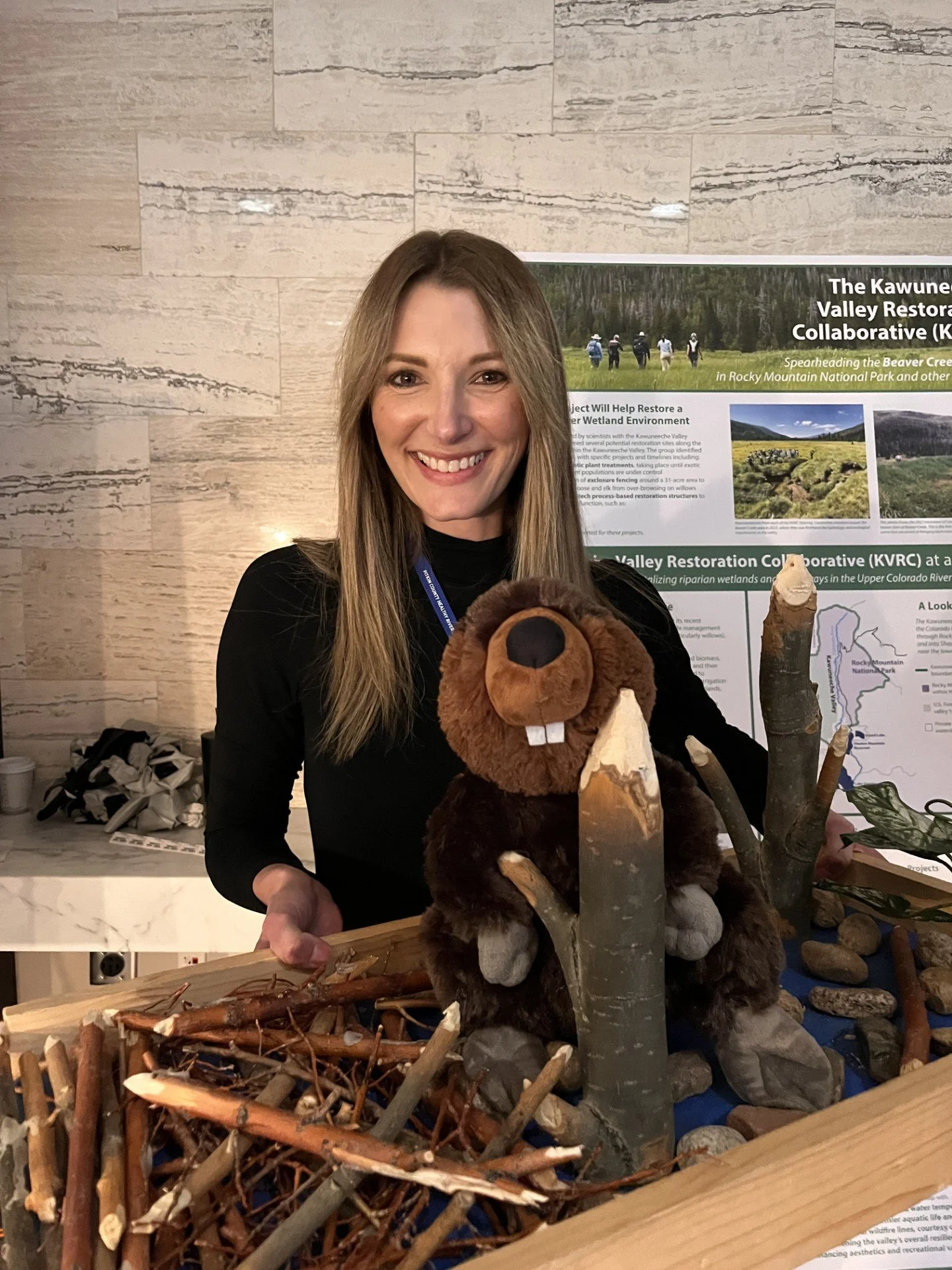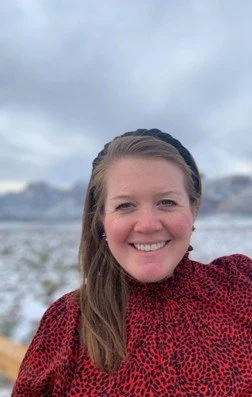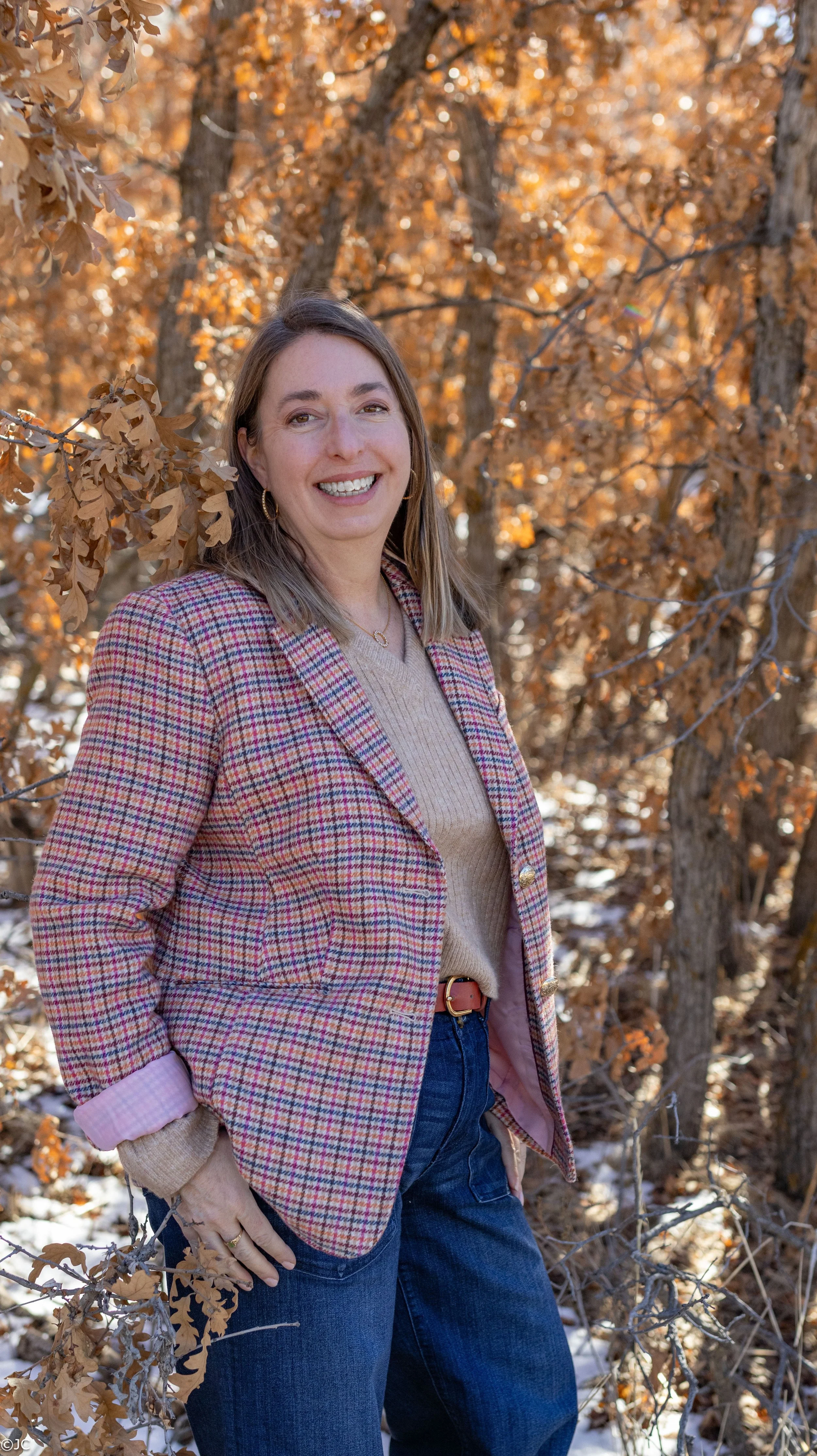Session 4: Collaboration
〰️
Session 4: Collaboration 〰️
-
The Kawuneeche Valley Restoration Collaborative (KVRC) exemplifies "20 Years of Community and Hope," uniting diverse partners to restore the vital headwater ecosystem of the Colorado River. Once a thriving wetland complex, the Kawuneeche Valley has faced decades of ecological decline due to human activity and overbrowsing by elk and moose. KVRC is dedicated to writing the next chapter of this valley's story—a chapter of restoration, resilience, and reconnection between people and nature.
KVRC's mission is to revitalize the valley's ability to provide clean water, wildlife habitat, and resilience to future wildfires. Rooted in scientific research, community engagement, and innovative techniques, KVRC is comprised of federal and local agencies, nonprofits, and academic institutions, each offering their own unique expertise and united by a shared goal.
Since its inception in 2020, KVRC has partnered with Colorado State University researchers whose findings revealed that over 90% of the valley’s beaver ponds and tall willows have disappeared, leading to a cascading loss of ecosystem functions. Their findings guide our restoration priorities and strategies. In 2024, KVRC achieved a significant milestone with the restoration of the 30-acre Beaver Creek site within Rocky Mountain National Park. This project marked the beginning of our hands-on restoration efforts after several years of planning and preparation and set the stage for future restoration efforts across the valley.
Our panel will share the rich history of the Kawuneeche Valley, exploring the causes of its degradation and the collaborative efforts to restore it. We will discuss the valley's transformation from a thriving wetland ecosystem to its current state and how KVRC is working to reverse these impacts. As we reflect on our years of collective action and look ahead to the future, KVRC offers a compelling model for how communities can come together to heal and sustain their natural landscapes.
In this talk, we will look at a restoration project on the Colorado River at Kemp Breeze State Wildlife Area and discuss the limitations of the small-scale approach to truly restoring altered processes. Followed by a conceptual example of how a large-scale sediment and wood augmentation approach to restoration in the Upper Colorado River Basin, if done in tandem with more traditional small-scale projects like Kemp Breeze, could move the needle farther to restoring broken processes while fostering greater collaboration between the groups that are researching, managing, and designing our rivers.
Isabel Shewell
-
Kimberly Tekavec is a Source Water Protection Specialist at Northern Water, where she works on forest and watershed health initiatives. She participates in and helps lead collaborative efforts through the Kawuneeche Valley Restoration Collaborative (KVRC), supporting partners in aligning goals and moving restoration projects forward. With over 16 years in the water industry, Kimberly focuses on building relationships and coordinating across agencies to protect source water and support wildfire resilience.Kimberly Tekavec is a Source Water Protection Specialist at Northern Water, where she works on forest and watershed health initiatives. She participates in and helps lead collaborative efforts through the Kawuneeche Valley Restoration Collaborative (KVRC), supporting partners in aligning goals and moving restoration projects forward. With over 16 years in the water industry, Kimberly focuses on building relationships and coordinating across agencies to protect source water and support wildfire resilience.
-
What values does the Grand Valley community in Mesa County have for the Colorado and Gunnison Rivers, and what do they bring to our community?
How can the Grand Valley community work together so that in 20 years these rivers continue to support these values?
The Grand Valley River Corridor Initiative (RCI) is a community-driven initiative focused on supporting and maintaining a healthy river corridor and the associated needs, uses, and values for future generations. These questions have been our work since we started asking them in early 2020.
We have conducted individual and workshop-based stakeholder information gathering sessions to guide our priorities, formed a multi-sector advisory council, and conducted a series of studies and planning efforts to lay the foundation of our next implementation-focused phase. The strengths of the RCI include the active participation in our efforts by the three municipalities and county spanning the river corridor, along with state and federal agencies and non-profit organizations. These partnerships, with explicit support from elected officials, have resulted from a collaborative and consensus-based process to determine what the RCI should focus on and how to develop plans and guidance that will be either useful to or adopted by our partners. The RCI has established a forum and process to facilitate collaboration for improved river management and, ultimately, to create a healthier river that works for everyone.
In this 30-minute presentation or as part of a longer panel discussion, we would like to present a brief history of our origins and accomplishments, and discuss our current floodplain restoration project development and multi-jurisdictional river corridor master planning process. The keys to the RCI’s progress thus far have been strong facilitation and coordination, taking a collaborative and community-driven approach to multi-jurisdictional river corridor management, and cultivating and sustaining governmental relations.
-
Joel Sholtes, PhD, PE is an Associate Teaching Professor in the University of Colorado, Boulder – Colorado Mesa University Engineering Partnership Program in Grand Junction, Colorado. He is also Principal Engineer at Wash Water Science and Engineering, LLC. Joel’s work and research focuses on studying physical stream processes related to water and sediment to inform managing stream corridors along with the outcomes of stream restoration. He helped develop the CWCB Fluvial Hazard Zone Program and is currently studying the hydrologic impacts of riverscape restoration in headwater streams in Colorado. Joel is also a founding member of the Grand Valley River Corridor Initiative.
-
Based in Grand Junction, Erin McDermott (she/her) is driven by her core values of social justice, strategic leadership, community, and environmental stewardship. Since graduating from Saint Mary's College of Maryland with Political Science and Environmental Studies degrees, she has held leadership roles at Accion, Habitat for Humanity, and Friends of Red Rock Canyon, focusing on stakeholder engagement, fundraising, strategic planning, and program management. Erin earned a master's in Urban Leadership from the University of Nevada Las Vegas and is certified in Standards for Excellence® for nonprofit governance.
Influenced by her Chesapeake Bay upbringing, Erin now serves as Associate Director at RiversEdge West, a nonprofit dedicated to the restoration and stewardship of riparian ecosystems in the American West. In this role, she oversees programs and staff who lead on-the-ground restoration, science and monitoring, community partnerships, and education. Erin is also part of the core team guiding the Grand Valley River Corridor Initiative, a collaborative effort to advance conservation, recreation, agriculture, and community resilience along the Colorado and Gunnison Rivers through Grand Junction. Outside of work, Erin enjoys adventures with her husband, Josh, and their two retrievers. When she’s not nose-deep in a book, she’s usually scouting for the world’s best doughnut.
-
The Platte Valley Water Partnership (PVWP) project is an innovative, long-term water supply solution that will benefit both agriculture and municipal communities in the South Platte Basin. After over a decade of working together, the PVWP was formally launched in 2021 between Lower South Platte Water Conservancy (LSPWCD) and Parker Water and Sanitation District (Parker Water) with Castle Rock joining in 2025 to store available South Platte River water.
The partnership’s unique approach will provide both farms and cities with much-needed water. The project will use new and existing infrastructure to capture and store renewable South Platte River water flowing mostly in the spring and during storm events. This is water that currently leaves Colorado in quantities that exceed interstate compact agreements.
The PVWP is an opportunity to enhance the reliability of the water supply for northeastern Colorado and the Front Range through an ongoing, mutually beneficial relationship between agriculture and cities.
The PVWP will create crucial storage and infrastructure to support it. The project is currently in the planning phase, with construction anticipated to begin in the 2030s and water being conveyed in 2040.
There are many benefits to the PVWP project. PVWP protects agriculture by not allowing buy-and-dry water through its infrastructure and will provide much-needed water to the northeast Colorado agriculture.
While current water resources are sufficient for existing Parker Water customers’ needs, the population it serves is projected to double by 2040, and groundwater supplies are diminishing over time.
Regionally, there will be short-term economic benefits from construction activity and long-term benefits through the development of a new water supply that addresses local shortages and increased recreational opportunities.
The project provides new off-channel storage and will enhance wildlife habitat through the creation of new reservoirs.
-
Heather Justus is the Water Resource Manager at Parker Water and Sanitation District, where she leads long-term water supply planning with a focus on sustainability and strategic resource management. A graduate of Adams State University with a degree in geology, Heather has dedicated her career to advancing water resource initiatives across Colorado. Outside of work, Heather finds joy in traveling and exploring the outdoors with her husband and three children. She also nurtures her creative side through occasional artistic pursuits, adding a splash of color to her scientifically grounded world.




